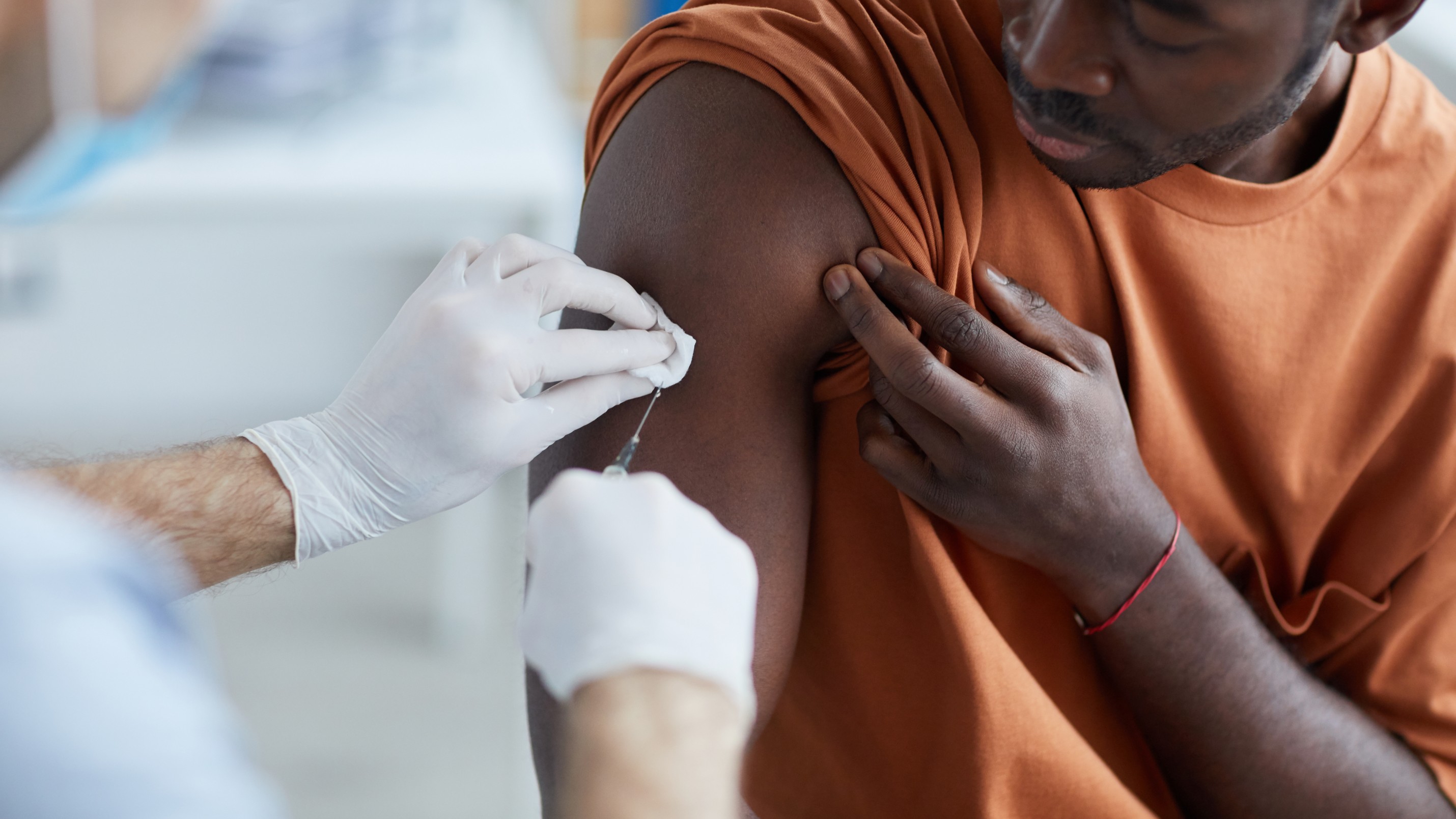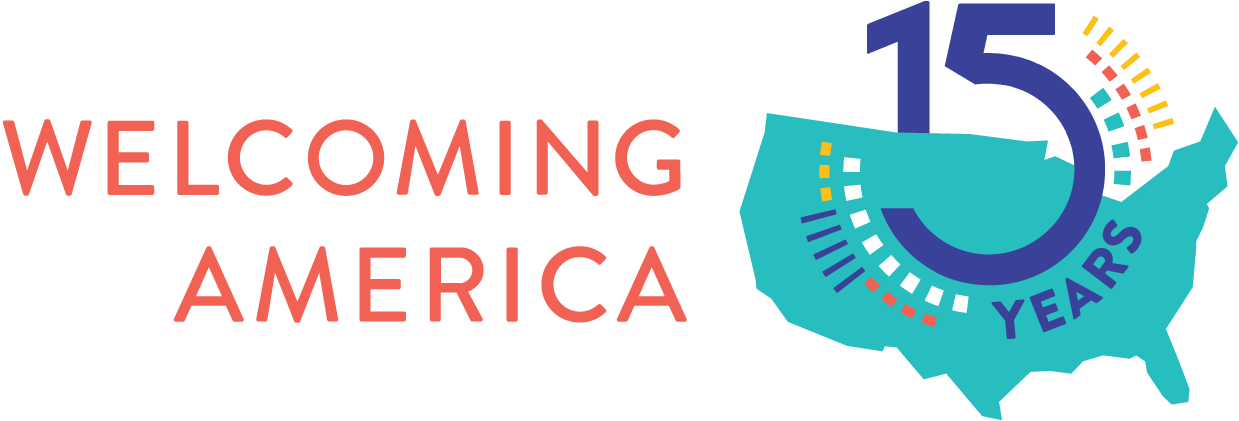
Vaccine hesitancy in immigrant communities: Your questions answered
On February 17, we hosted a webinar titled “Overcoming COVID-19 Vaccine Hesitancy in Immigrant Communities” with experts from the Centers for Disease Control and Prevention, Mayo Clinic, local governments, and more. Due to the overwhelming interest in this topic, we’ve compiled the questions submitted by webinar attendees that were not answered in the Q&A portion, and asked the experts to respond in this blog. Questions and responses have been edited for length and clarity, with names removed.
Panelists weighing in on responses include: Rawhi Said of the Intercultural Mutual Assistance Association; Emily Yaffe of the City of Charlotte, NC; and Jodie Stanley of the City of Greensboro, NC.
Are vaccine resources translated into various languages?
It depends on the state. In Minnesota, all resources are translated into a multitude of different languages with more being added as needed.
In North Carolina, we are translating some information into Spanish, Arabic, French, Khmer and Rhade, as well as Swahili and Nepali with less frequency. Please use caution when sharing other agency’s translations, unless you have them reviewed first by native speakers or know they were professionally translated. Last year, I shared a document that was translated by another city and quickly received feedback that it looked like it was done by Google Translate and didn’t make sense.
How can we increase the number of languages used in vaccine communications toolkits?
Speaking as a language access coordinator that works for a municipality, I would love to see CDC translate their materials into more languages as well. Practically speaking, because there are so many languages in need across the country, I strongly believe that the best agency to handle local translation needs are health departments and health systems.
In their absence, municipal government can also be a resource. These agencies receive federal funding with Title VI requirements, meaning they are required to fund translations and facilitate meaningful access.
We need culturally informed methods to counter hesitancy and mistrust within immigrant communities, especially against the misinformation they may receive through platforms like WhatsApp. How do we go about doing this?
This is the biggest challenge we faced [in Greensboro, NC]. Each community has a very unique perspective and set of needs, so the most effective response was to tap our established relationships with community leaders, who understood exactly what information was being distributed and why it appealed to the listener.
Why do some not take necessary precautions when traveling? Because they’d already lived through the trauma of Ebola. Why do some communities recommend folk medicine, tradition, and heritage over quarantines? Why is there deep-seated mistrust of government and authority?
Marketing materials, translations, videos, campaigns — none of these made a dent until we worked with trusted messengers. And in the words of a trusted messenger, sometimes, they won’t believe in us.
We need to be patient, not take things personally, and keep pushing forward. Deeply held beliefs don’t change overnight. Trust isn’t established overnight.
How do you access insular communities where leaders may be contributing to the community’s vaccine hesitancy and misinformation?
Some leaders hold a lot of influence, and if their understanding is misunderstood, the work of demystifying must be paramount. It can be as simple as holding seminars virtually or safely in person with those leaders present.
Trusted health providers, other international community and faith leaders can play a big role in reaching insular communities. Congregational Nurses and community clinics have worked for many years to build relationships with immigrant and refugee communities, especially those who are not or under-insured.
Community leaders from other countries share many of the same concerns and questions. Pulling leaders together to meet and discuss has been an incredibly effective approach. Faith leaders can also be extremely effective.
Most importantly, we must approach insular communities with questions and concern, offering resources or support. They often face challenges they can’t address simply because they are disconnected. Listen first, then meet them where they are.
How have you addressed and/or connected the concerns around public charge and access to the vaccine for immigrants?
Public charge is something we make sure all of our families and clients know when receiving COVID information. We dedicate many of our Spanish-speaking staff to demystifying this, to make sure that the information is coming from people they trust.
What do you tell clients who are not vaccinating their children in fear of developing autism?
It is incredibly important to remind them that the vaccines are safe and that there is no evidence of vaccines causing autism.
In Florida, we have been working to educate our community about the importance of taking the vaccine through voice messages in their native languages. Our community is primarily migrant farmworkers — they are deemed essential and the CDC recommends they be prioritized for the vaccine. However, in Florida, they were not prioritized and restrictions like mandating IDs and proof of residency make it even more difficult for undocumented immigrants to receive the vaccine. Do you have recommendations on ways to make the vaccine more accessible to the undocumented and farmworker community?
First, thank you and your community for your tireless work. Facing down xenophobia (and exclusion by default) is exhausting work. In some communities, they have expanded the definition of IDs and can accept multiple types of ID, technically opening the door to undocumented communities, but residents are still refusing to vaccinate because their name will be registered in a database.
State government’s history with undocumented communities has led to deep-seated mistrust, and a relationship with any system can lead to deportation. We had the same concerns with census outreach — how do you encourage someone to engage when there is historical context for the system being used against them? I wish there was an easier answer. Our country needs a long term solution.
We work with day laborers and they are not considered essential workers. Any recommendations on ways to make the vaccine more accessible?
There has been discussion in Greensboro about partnering with chicken processing plants to host vaccination events. According to community leaders, one local employer was considering financial incentives for getting the vaccine. Others countered by suggesting paid time off or a one-time payment towards their health premium. These suggestions make some of us uncomfortable, considering there is a history of medical testing on minorities, but hosting an event would be an effective way of informing, empowering and making the vaccine accessible
Any reflections on best practices in communications efforts from the early COVID era, when you were communicating about prevention? What lessons have informed these vaccination materials and strategies?
We did not have a language access provisions within our emergency communications plan, and that became painfully evident at the outset of the pandemic.

